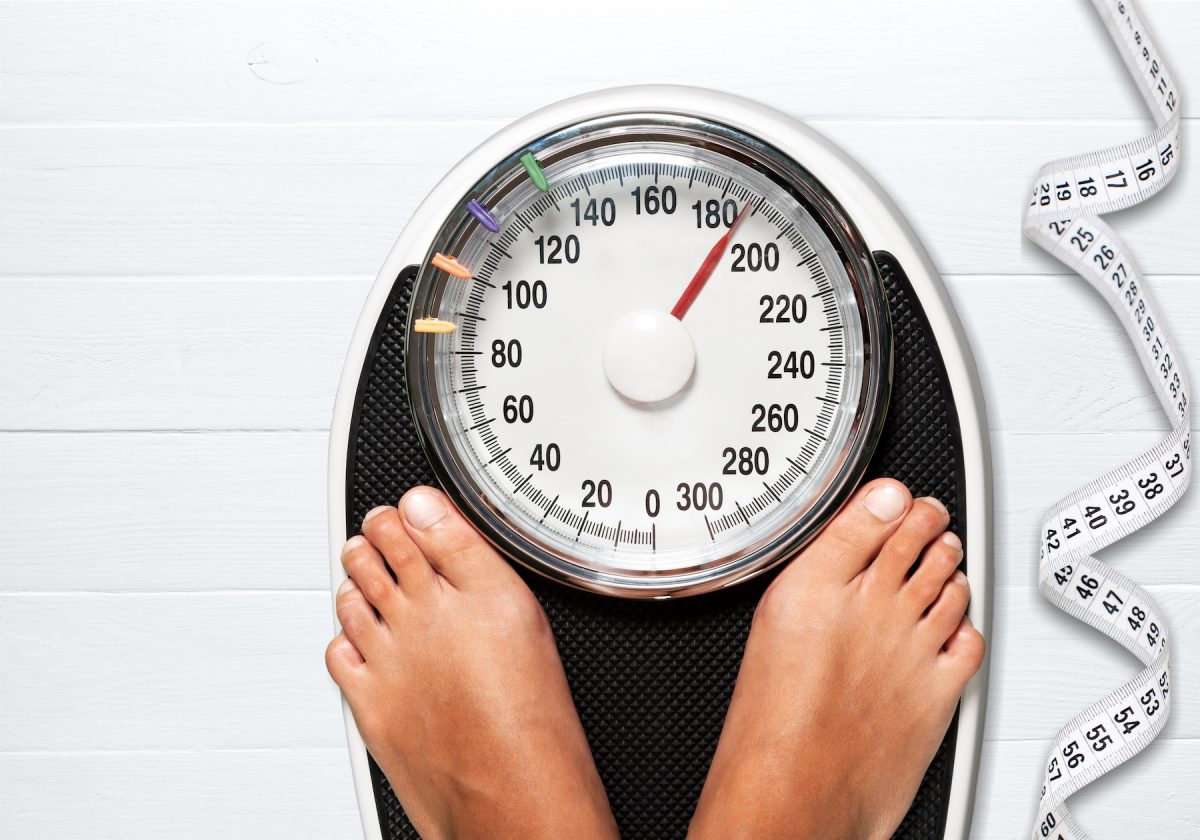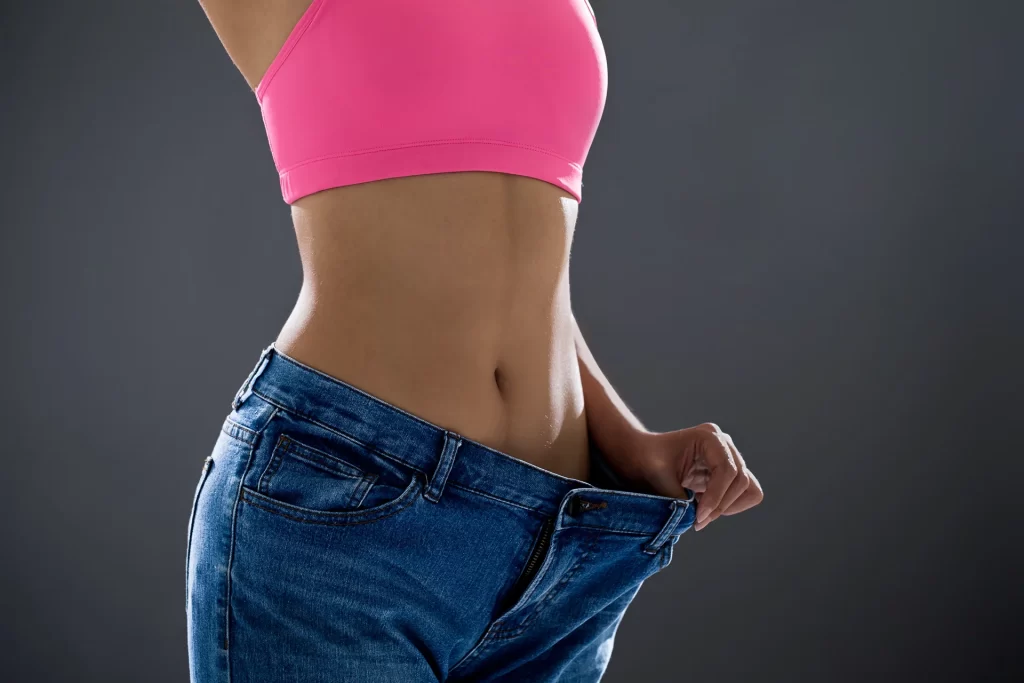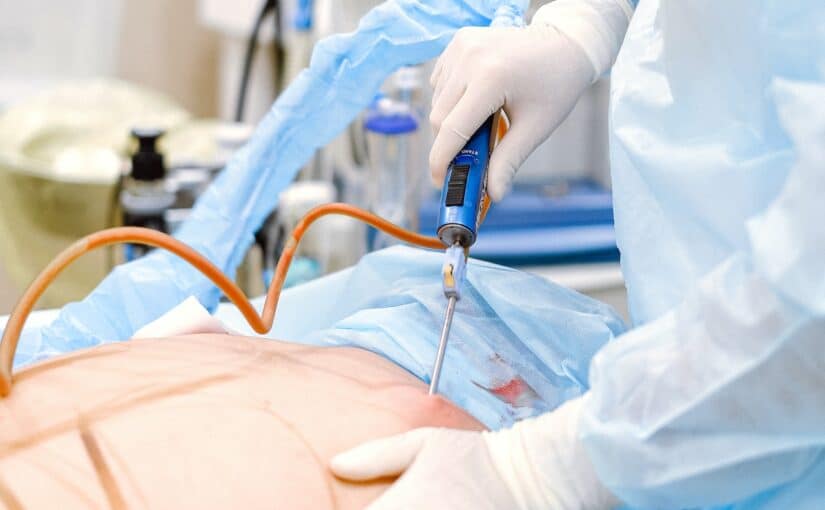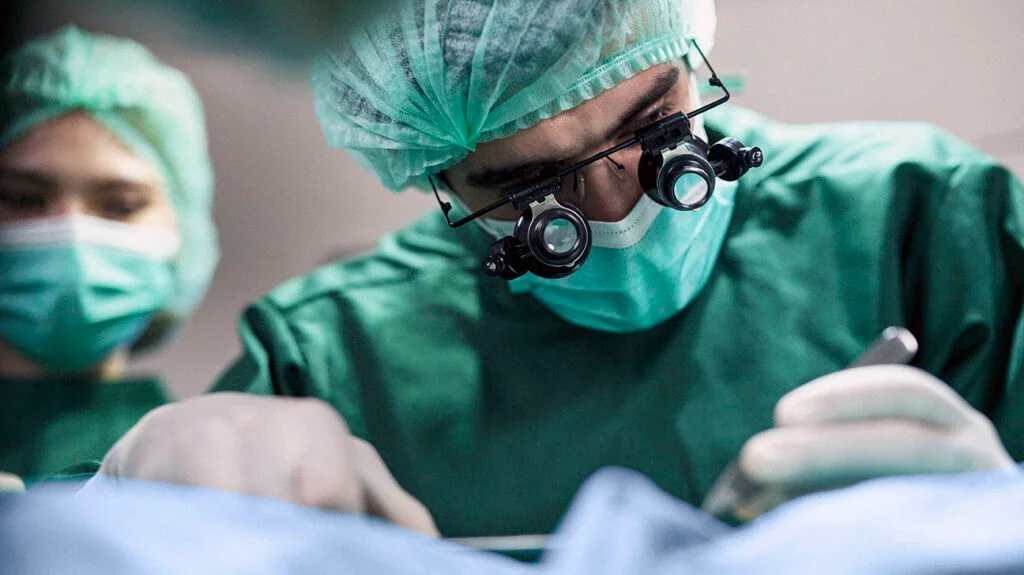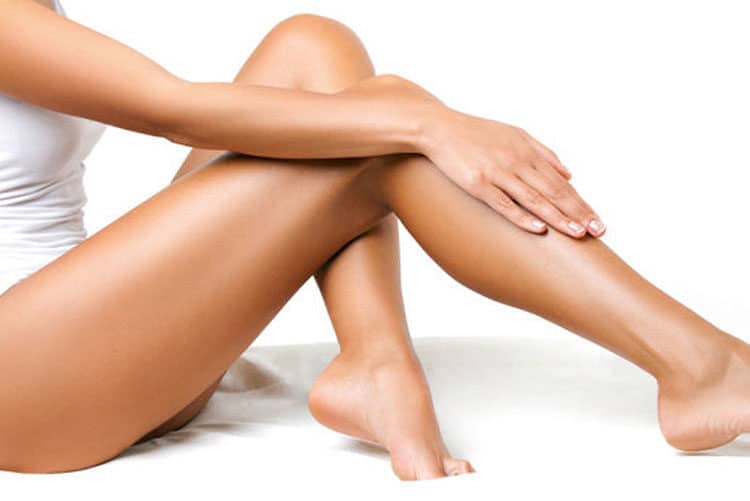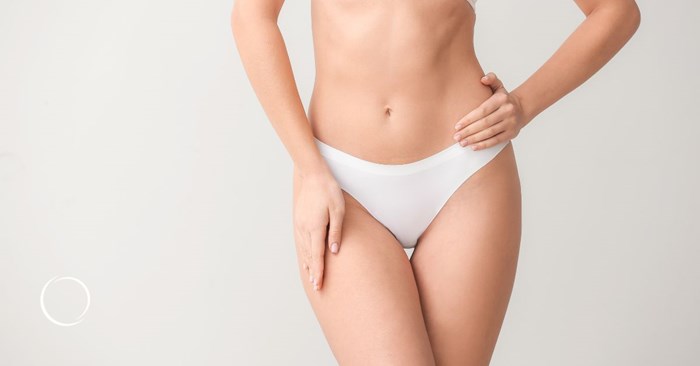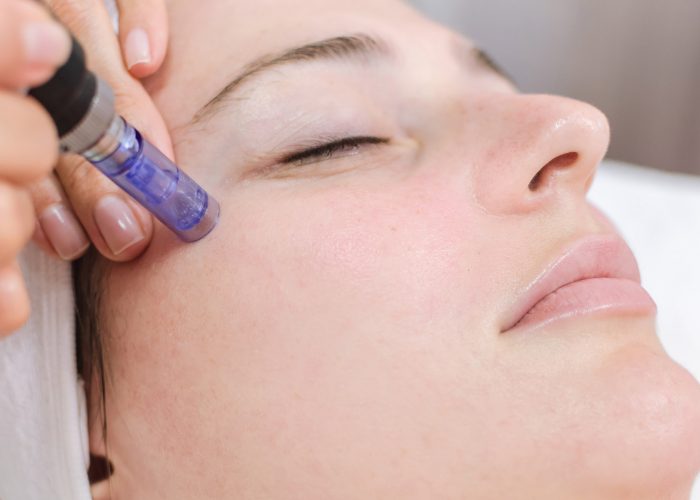Key Takeaways
-
Autoimmune disease, diabetes, and heart disease are examples of chronic illnesses that can have a huge effect on the liposuction process. These conditions can impact everything from surgical risks to recovery difficulties. Understanding your condition is crucial for planning.
-
Autoimmune diseases can have unique complications that occur during and after surgery. These include an increased risk of infections, delayed healing, and risk of flare ups. Individualized treatment plans are important.
-
Consideration must always be given to how chronic illness medications may interact with anesthesia or pain management strategies. Always let your surgical team know every medication you are taking, including vitamins and supplements, so they can be safe.
-
Necessary pre-operative medical evaluations and full clearance from all your healthcare providers are critical. Work with your specialists to evaluate the risks and plan to manage them in advance of surgery.
-
With chronic illness, healing typically requires more time. It does take some specific changes such as controlling autoimmune origins of inflammation, keeping an eye out for potential complications, and following an individualized plan for post-op care.
-
Working with an experienced surgeon and creating open lines of communication with your medical team will improve safety and surgical results.
Chronic illnesses, like autoimmune disorders, may affect your lipo journey in a number of ways. These health issues will affect how your body reacts to the procedure. They can impact your healing timeline and add potential recovery-time risks.
Autoimmune diseases often slow wound healing and increase the level of inflammation in the body. This might require additional precautions or adjustments to your course of treatment. Take into account any adjunct/daily medications you are on.
They might impact the way they perform the procedure or the way you heal post-op. Knowing these things allows us to plan a much safer, more personalized approach to getting you started.
In this post, we’ll look at important things to know about navigating life with chronic illness and liposuction. Empowered by this understanding, you’ll be able to set realistic expectations and work productively with your lipo healthcare team.
What Is Chronic Illness?
A chronic illness is a health condition that lasts six months or longer, usually requiring ongoing attention and care. Unlike temporary illnesses such as a cold, these chronic conditions impact everyday life by interfering with one’s physical, emotional, or mental health.
Diabetes, heart disease, and autoimmune diseases, for example, are frequent chronic illnesses. All three of these conditions involve long-term management and lifestyle changes. Chronic disease is an issue that affects millions of people, including their caregivers, around the United States.
In reality, millions of us are managing at least one chronic illness. Their growing numbers are already stretching healthcare systems, underlining the urgent need for around-the-clock access to care and effective, efficient management strategies tailored to individual patients.
Defining Chronic Conditions
Chronic conditions, as opposed to acute illnesses, are characterized by their long-term course and the need for long-term surveillance. They usually need a comprehensive strategy to treatment, which may include multiple medications, lifestyle modifications, and frequent monitoring.
For example, someone living with diabetes might check their blood sugar daily. We could expect that someone with heart disease would be focused on eating better and getting more exercise. Chronic conditions differ widely in terms of severity and impact.
For some, it’s a nuisance; for others, it’s a deeply impactful impairment of their day-to-day life.
Focus on Autoimmune Diseases
Autoimmune diseases develop when the immune system turns against the body and starts destroying healthy tissues. Conditions such as rheumatoid arthritis, lupus, and multiple sclerosis are well-known examples.
Managing these diseases can be extremely challenging, given often inconsistent symptoms and the need for specialized care. For example, if lupus is producing joint pain and fatigue, this condition will need medication and rest to be appropriately controlled.
How Autoimmune Conditions Work
Autoimmune diseases are caused by the immune system working in overdrive, which causes inflammation and destruction to healthy tissue. This inflammation can cause debilitating symptoms such as swelling, pain, and organ dysfunction.
Each condition comes with its own distinct symptoms. For instance, multiple sclerosis damages the central nervous system, and rheumatoid arthritis attacks the joints.
How Chronic Illness Affects Liposuction?
Chronic illnesses, particularly autoimmune diseases, can significantly impact the liposuction process, influencing surgical risks and recovery issues. Understanding these factors is essential for effective fat removal and ensuring optimal health outcomes, making thoughtful planning and customized treatment vital for patients.
1. Increased Surgical Risks Explained
It is commonly understood that patients with autoimmune diseases have unique surgical risks. If you have a chronic illness such as HIV or diabetes, a weakened immune system can increase the risk of post-surgical infections, despite standard precautions.
For instance, someone with lupus could see an uptick in inflammation, which would further hinder the recovery process. Comprehensive pre-operative multidisciplinary evaluations should be the gold standard in identifying and addressing these risks beforehand, taking the safest approach possible.
2. Specific Autoimmune Condition Impacts
Yet, each condition has a pervasive and different effect on outcomes. For example, rheumatoid arthritis can lead to an extended recovery period from joint inflammation, and lupus might worsen recovery fatigue.
In addition, complications like scarring or inadequate healing of new tissues can develop, depending on the specifics of the autoimmune disease. Surgeons simply have to consider these factors when determining the procedure.
3. Medication Interactions: Anesthesia & Pain
Autoimmune medications such as corticosteroids or immunosuppressive drugs may interact with anesthesia and increase the risk of complications. Hence, disclosure of every circumstantially relevant medication taken to the surgical team—dispensed or otherwise—is paramount.
After surgery, these drugs can further inhibit pain management possibilities, leading to a need for modified approaches to achieve the best possible comfort.
4. Healing Challenges and Complications
We heal slower, sometimes experiencing delayed closure of wounds or an increased inflammatory response, particularly in immunocompromised patients. These challenges highlight a need for individualized post-operative care plans to ensure optimal immune function during recovery.
5. Potential for Disease Flare-Ups
To top it off, the stress of surgery can cause flares of one’s chronic illness, particularly in immunocompromised patients. Close symptom monitoring and stress-reduction techniques, like mindfulness, can mitigate this risk.
Essential Pre-Lipo Considerations
When living with a chronic illness such as an autoimmune condition, planning for liposuction procedures requires a more thoughtful and strategic approach. Every continuum of care, from pre-operative evaluations to post-surgical aftercare, is essential for immune system function and a successful outcome.
Get Full Medical Clearance First
Obtaining complete medical clearance is an absolute must. Look for a healthcare provider who conducts a thorough health history and physical exam. This can be through bloodwork, imaging, or even just a correlation of how active your autoimmune disease is.
For example, inflammatory conditions such as lupus or rheumatoid arthritis would worsen the state of inflammation, thus adversely affecting healing and increasing surgical risks. Your medical history—especially previous surgeries or experiences with anesthesia—are used to identify any areas where complications may arise.
Choose Your Surgeon Wisely
A surgeon who is familiar with the population of patients living with chronic disease is essential. Seek out board-certified lymphedema specialists or other experienced professionals with an understanding of autoimmune intricacies.
Patient reviews and initial consultations will help you understand their commitment to delivering personalized care. Your surgeon should be quite aware of how these states impact immunity and the healing process, putting your health and safety first.
Undergo Comprehensive Pre-Op Assessments
A comprehensive pre-operative evaluation should focus on your medical history, medications and use of tobacco and recreational drugs. For example, both smoking and high-risk medications such as bevacizumab can raise complications risk, requiring cessation weeks beforehand.
By addressing these factors through planning and execution, we offer patients a better recovery experience and reduce risks.
Discuss All Medications Thoroughly
Provide a full list of medications to your surgical team. Some medications, including mTOR inhibitors, might require withdrawal prior to surgery.
Understanding this fosters a positive anesthetic experience and recovery, without surprise complications from drug interactions.
Understand Anesthesia Risks
Some autoimmune diseases can complicate the administration of anesthesia. Conditions such as scleroderma can have an impact on how your body metabolizes drugs, so discuss a variety of anesthesia choices with your team.
This lowers the potential for risk and provides great oversight.
Navigating Your Lipo Recovery
If you have a chronic illness like an autoimmune disease, recovering from liposuction involves special considerations and adjustments for your own unique needs. Chronic illness can contribute to prolonged healing and increased inflammation. They sap much energy in the post-op phase, making individualized care all the more important.
Here are 7 essential strategies to navigate this lipo recovery process successfully.
-
Listen to your surgeons post-operative instruction closely and adhere to them 100%. Common guidelines include regular wearing of compression garments, avoiding strenuous physical activity, and maintaining incision sites to prevent infection. Following these guidelines makes for the best recovery possible and prevents infection.
-
Combat it with anti-inflammatory drugs your doctor prescribes or at home—try cold compresses. Since chronic inflammation can be heightened for those with autoimmune issues, being mindful of swelling and pain is important.
-
Give your body time to heal and don’t rush your recovery timeline. If you have chronic illnesses, they can delay the recovery process, making it weeks or months before you feel completely recovered. Identify how you can improve a little bit each day, week, or month and recognize your progress.
Manage Post-Op Inflammation Effectively
Tending to inflammation is key for a healthy, comfortable recovery. Take anti-inflammatory medications as prescribed and make dietary changes like eating less processed foods, which cause inflammation in the body.
Document your symptoms. Swelling is common after surgery, but inform your healthcare provider if it worsens or doesn’t go away.
Tailor Pain Management Strategies
Consult with your healthcare provider about pain relief options, especially if you are on medication for a preexisting condition. Incorporating self-care techniques, such as heat therapy or meditation, can complement prescription painkillers, facilitating safer management of pain and enhancing immune function.
Recognize Complication Warning Signs Early
Watch for signs of infection such as increasing redness, worsening swelling, or fever, which can affect immune function. Notify your surgeon as soon as you notice any of these warning signs to avoid possible complications.
Adjust Your Recovery Expectations
Be aware that chronic illnesses can complicate recovery time and affect immune function, making it essential to practice flexibility and self-compassion during this challenging period.
Prioritize Critical Follow-Up Care
With regular follow-ups, your surgeon can monitor your progress, spot any issues early, and guide you to a safe recovery from fat removal surgery.
Lifestyle Adjustments for Better Outcomes
If you have a chronic illness, such as an autoimmune disorder, taking care of yourself during this surgery and recovery is crucial. Lifestyle adjustments should be emphasized too. Lifestyle choices can have an enormous effect on healing and overall outcomes.
For patients living with autoimmune diseases, making consistent lifestyle adjustments with personalized approaches can lead to both improved outcomes and long-term health dividends.

Optimize Nutrition Before Surgery
Optimizing surgery begins weeks before with a diet high in nutrients. A healthy diet full of fruits and veggies, lean proteins, whole grains, and healthy fats helps bolster your immune system and get your body healing-ready.
Antioxidant-rich foods, such as berries and dark leafy greens, work wonders in fighting inflammation. Combined with other lifestyle changes, omega-3 sources like salmon, walnuts, and flax seeds offer additional anti-inflammatory superpower.
If you take care of autoimmune symptoms, you may know to stay away from foods that you’ve learned trigger you, such as gluten or dairy. Nutritional education is a goal and a necessity towards rehabilitation.
Follow Post-Lipo Diet Recommendations
Once surgery is done, your body will require concentrated efforts to help soothe inflammation and promote the healing process. Bone broth, turmeric, and dark leafy greens are all potent anti-inflammatory foods that can reduce swelling and promote faster tissue repair.
Hydration is just as important—try to drink eight to 10 cups of water a day to keep blood flowing and cells turning over. Working with a professional nutritionist guarantees you get tailored advice, helpful for autoimmune patients who have unique dietary requirements.
Incorporate Gentle Movement Safely
Mild activities, such as short walks, help to encourage blood flow and prevent complications such as clot development. Talk to your doctor about when to resume physical activity, as too much activity too soon can disrupt your healing and recovery.
Gentle stretches or other mobility exercises speed up recovery and feel great.
Practice Stress Management Techniques
Stress has been shown to slow the pace of recovery and exacerbate autoimmune symptoms, impacting immune system function. Approaches such as deep breathing exercises, mindfulness meditation practices, or yoga can help improve your emotional wellness and support your healing process for an easier ride.
The Psychological & Emotional Journey
Experiencing liposuction, while living with a chronic illness such as an autoimmune disorder, is much more than just the physical healing process. Unfortunately, it brings unique psychological and emotional challenges, which require special consideration.
Promoting resilience is essential. Balancing physical health with supporting emotional health needs is key to achieving a positive and meaningful recovery journey.
Body Image Challenges Amplified
Chronic illnesses change the relationship people have with their bodily selves, and this new relationship can be exacerbated in the post-operative experience. Autoimmune illnesses, like lupus and other forms of arthritis, can lead to pain and fatigue from inflammation.
These symptoms can postpone aesthetic outcomes and affect your confidence during the healing period. Giving space to these feelings is critical. Using daily affirmations and positive self-talk can shift your perspective from what you wish were different or better to acknowledging where you’ve improved.
If negative body image thoughts continue, consulting with a professional, like a therapist, can offer guidance specific to you. Clinicians agree that understanding the emotional aspects of chronic conditions is critical, as untreated affective disorders are common in medical patients, with 13% of men and 17% of women affected.
Manage Expectations Versus Reality
The best recovery outcomes depend in part on your ability and willingness to match your expectations with what’s actually possible. Chronic illnesses can prolong recovery times or affect outcomes, with full healing sometimes taking three to six months.
Open communication with healthcare providers can clarify the impact of your condition on surgical outcomes, enabling you to set achievable goals. This proactive approach increases monitoring as well, which is critical to managing unexpected complications.
Build Your Strong Support System
Having a strong support system in place can go a long way to improve your experience and recovery. Symptoms of chronic illness can make everyday tasks very difficult.
That’s why turning to friends, family, or support groups for emotional support is key. Social connections not only enhance experiences of recovery, but build resilience and social networks and a sense of community during difficult times.
Collaboration is Key for Safety
If you’re navigating chronic illnesses such as autoimmune disorders alongside a liposuction procedure, collaboration with your care team is crucial. This teamwork is essential to deliver personalized care that honors the goals of fat removal and the realities of health. With a collaborative, team-based approach, patients can safely undergo this process, paving the way for innovative therapies that treat complex medical conditions.
Involve Your Specialist Team
Engaging your own technical team is the essential first step. Rheumatologists and endocrinologists are specialists who understand your chronic condition intimately. They can be a great source of information about risks you may face and precautions you should take.
For instance, they may advise on changing patients’ medications, such as immunosuppressants, so that infection risks after surgery are minimized. Coordinated care between your surgeon and specialist helps align treatment plans, ensuring your chronic condition remains stable before, during, and after the procedure.
Together, this collaboration and safety net lay the groundwork for healing and future well-being.
Foster Open Communication Always
By ensuring open communication with your healthcare providers, you can build trust and help make safety their top priority. Providing complete, detailed information about your symptoms, medications, and concerns helps your surgeon determine how best to tailor the procedure to your needs.
For example, if you find that you tire easily or have chronic inflammatory conditions, this can affect choice of anesthesia and planning of your recovery. Inquiring and communicating your expectations will help make sure you are educated and engaged every step of the way.
Open dialogue creates a foundation of trust and understanding, producing more successful results and increased stakeholder approval.
Why Multidisciplinary Care Matters
A multidisciplinary care model brings together expertise from multiple specialties, providing holistic and collaborative support. For instance, guidance from a nutritionist can help enhance health prior to surgery, and a physical therapist could support recovery after an operation.
By bringing together collaborative specialists, you receive comprehensive care tailored to achieve your aesthetic objectives and effectively manage your chronic illness. With integrated care improving safety and positive outcomes, collaboration offers the equilibrium essential for lasting achievement.
Personal Stories: A Unique View
Personal stories are truly the best resources to learn about surgery and the liposuction journey for those living with chronic illness, including autoimmune disorders.
These experiences give context to the challenges and triumphs others might face, offering relatable and practical knowledge. Hearing from or reading about other people with the same health issues who have gone through the experience can help to demystify it.
It allows you to not only focus on the obstacles in front of you but on the visible successes that are within reach.
Navigating Flare-Ups Post-Surgery
Post-surgery flare-ups are even a major concern, but the truth is, they’re quite manageable with the proper strategies.
Preventing the onset of new symptoms by adhering to an individualized care management plan is key. For example, dietary interventions such as anti-inflammatory diets or non-strenuous movement, such as very short walks, can be more effective in addressing discomfort.
Staying in touch with your medical team will help you make the right adjustments along the way, particularly if you need to change or stop a medication.
Whether it’s stress or certain types of food, identify what triggers you so you can stay ahead of the game and focus on recovery.
Unexpected Healing Timelines
We know that healing timelines are often different for people with chronic conditions and that’s a hard pill to swallow.
It will be a longer road to recovery, but we urge you to practice patience. This is because, for instance, swelling may resolve in four to six weeks for some, but if autoimmune inflammation is involved, that can add to the timeline.
Knowing that the pace of your body is what’s natural for you is a relief.
Personalized recovery plans developed by your surgeon, based on your individual health history, help make sure you’re making progress in a safe and sustainable manner.
Finding Success Against the Odds
Stories of other people managing chronic illnesses effectively demonstrate the strength found in experience and determination.
For example, individuals with lupus or rheumatoid arthritis have shared how careful planning and strong support systems helped them achieve their goals.
These personal stories will encourage you to see that your challenges aren’t the measure of your potential—they’re the measure of your resilience.
Staying proactive about your health and getting help from fellow patients, friends, or family members can go a long way in making a real impact.
Conclusion
Coordinating treatment for a chronic illness and preparing for liposuction requires additional consideration. It is not unachievable. With the proper preparation, support, and mindset, you can set yourself up for the safest, most positive experience possible. Have honest conversations with your healthcare team. Lead with transparency to identify risks up front and develop a customized approach that’s best for you. It can be hard to remember firsthand that recovery looks different for everyone. Adapting your daily routine by implementing these simple changes can significantly aid in your healing journey. Just keep in mind, this is your journey, and one step at a time goes a long way. If you’re still thinking this is the right road for you, arm yourself with information and know what to ask. Connect with credible experts who will help navigate and direct you to the best results possible.
Frequently Asked Questions
Can I get liposuction if I have a chronic illness like an autoimmune condition?
Yes—if you’re in good health and not dealing with conditions like lipodystrophy syndrome or autoimmune disorders, it can be a go. These illnesses can complicate surgical procedures and recovery, so it’s crucial to discuss potential health benefits and risks with your physician and surgeon.
How does a chronic illness affect liposuction recovery?
Chronic illnesses like autoimmune diseases can slow recovery due to compromised immune function or inflammation. Close supervision, individualized aftercare, and adherence to medical guidance will help ensure you have a less complicated healing experience and optimal immune health.
What should I discuss with my doctor before lipo if I have a chronic illness?
Go over your medical history, current medications, and any possible risks related to fat removal. Depending on your unique case, your doctor might suggest extra tests or adjustments to ensure optimal immune function during and after your procedure.
Are there lifestyle changes I should make before liposuction?
Absolutely, find ways to manage your chronic illness, eat a healthy diet, and drink lots of fluids to support immune function. Avoiding smoking and alcohol can help set you up for better surgery outcomes and overall health.
Can stress from a chronic illness impact my lipo journey?
Yes, stress has a huge impact on your immune system function and ability to recover. Connect with therapy, relaxation techniques, or support groups. Consider mental health a pillar of emotional well-being and prioritize it as such for better immune health.
How can I prepare for liposuction with an autoimmune condition?
Communicate early and often with your healthcare team regarding your health concerns. Work on stabilizing your condition and adopt an overall healthy lifestyle, including fat reduction treatments, to limit risks and boost recovery.
Why is collaboration with medical professionals important for lipo safety?
Some experts understand how daunting chronic illness can be, especially in conditions like lipodystrophy syndrome. With a team approach, your fat removal procedure is customized to your specific needs, reducing risks and improving health outcomes.










